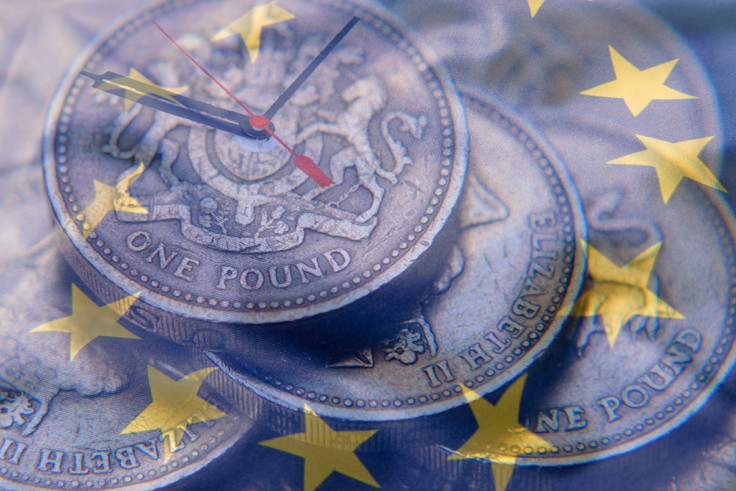FX Focus: US rate hike expectation entices sellers to attack the 'pound incessantly'
British currency alternating between gains and losses after hawkish notes from US Federal Reserve.

The pound witnessed another rocky session on Thursday (13 October) after minutes of the latest US Federal Reserve meeting added hawkish impetus to market sentiment already leaning in favour of an interest rate hike stateside.
At 3:13pm BST, the pound was down 0.09% versus the greenback, changing hands at $1.2193, trading within the $1.1290-$1.2210 intraday range.
Overnight, minutes from the Federal Reserve's September monetary policy meeting reinforced expectations over a US interest rate rise before year-end. They indicted that September's inaction was a close call with several members even agreeing on the need to raise rates in the near term if US data continued to strengthen.
Further uncertainly hit the pound after Nicola Sturgeon, First Minister of Scotland and the Leader of the Scottish National Party, announced a consultation on a second Scottish independence referendum
FXTM research analyst Lukman Otunuga said the British currency was facing an explosive combination of hard Brexit jitters, political uncertainty, and a resurgent dollar.
"Surprisingly, the Brexit-weary pound was the best performing currency on Wednesday, following UK Prime Minister Theresa May's agreement to hold a Parliamentary debate on the strategy for the Brexit negotiations, with the GBP/USD cross spiking up over 200 pips.
"Regardless of these short-term gains, the Pound remains heavily depressed with steeper losses expected as Brexit jitters haunt investor attraction towards the currency. Furthermore, renewed Fed hike hopes entices sellers to attack the pound incessantly."
While market sentiment is increasingly turning towards Brexit hurting both the pound and euro, with the dollar witnessing a period of strengthening, the latter staged a bounce back, changing hands at $1.1036, up 0.26%.
However, Kit Juckes, head of forex at Societe Generale, said the euro remained vulnerable. "The EUR/USD cross has fallen quickly to $1.10 after breaking support at $1.1130. A further break could well open the way to a move to $1.08, which would look like a big move in the context of the recent range.
"Relative rates/yields, in real or nominal terms, don't really provide much support for meaningful euro weakness, and while that won't prevent a slip towards $1.08, something more fundamental would need to turn up to justify a break of that. Portugal's credit rating is due for review on 21 October by DBRS, while the Italian constitutional referendum takes place on 4 December, but there's little on the economic calendar that springs out."
Elsewhere, the greenback slid back by 0.76%, 0.37% and 0.39% versus the yen, Canadian dollar and Swiss franc, changing hands at JPY 103.4200, CAD$1.3227 and CHF1.0897 respectively.
© Copyright IBTimes 2025. All rights reserved.




















